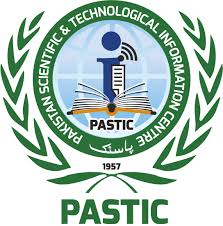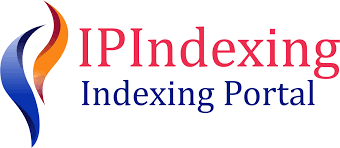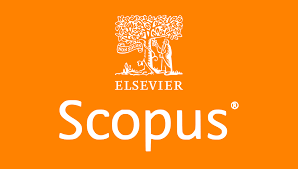Plagiarism Policy
Plagiarism (Similarity Index)
In adherence to the standards set forth by the Pakistan Medical and Dental Council (PMDC) and the Higher Education Commission (HEC) of Pakistan, the Pakistan Journal of Urology (PJU) permits manuscripts with a maximum of 19% plagiarism. However, only studies directly derived from the author(s)' BS, M.Phil., or Ph.D. theses, with an overall plagiarism rate below 19%, are considered acceptable.
The PJU plagiarism policy is rooted in:
- Guidelines for authors provided by the International Committee of Medical Journal Editors (ICMJE): ICMJE website
- Guidelines for defining and describing plagiarism as outlined by the Higher Education Commission, Pakistan.
To identify overlap between a submitted manuscript's text and previously published works, PJU employs the Turnitin plagiarism detection tool. Our Editorial Office may provide a similarity report to assess potential inappropriate phrasing reuse. This report calculates the overall proportion of reused content.
Authors should interpret this percentage cautiously, as a high similarity index does not necessarily indicate wrongdoing. It is imperative to thoroughly review the entire report to pinpoint the sources and locations of overlap. PJU currently aligns with PMDC and HEC standards regarding Turnitin Authenticity Reports and plagiarism detection.
Authors may be asked to revise specific sections of their work and cite any omitted references prior to peer review if the degree of resemblance warrants attention. In cases where the manuscript is deemed excessively plagiarized, it may be rejected outright.

















